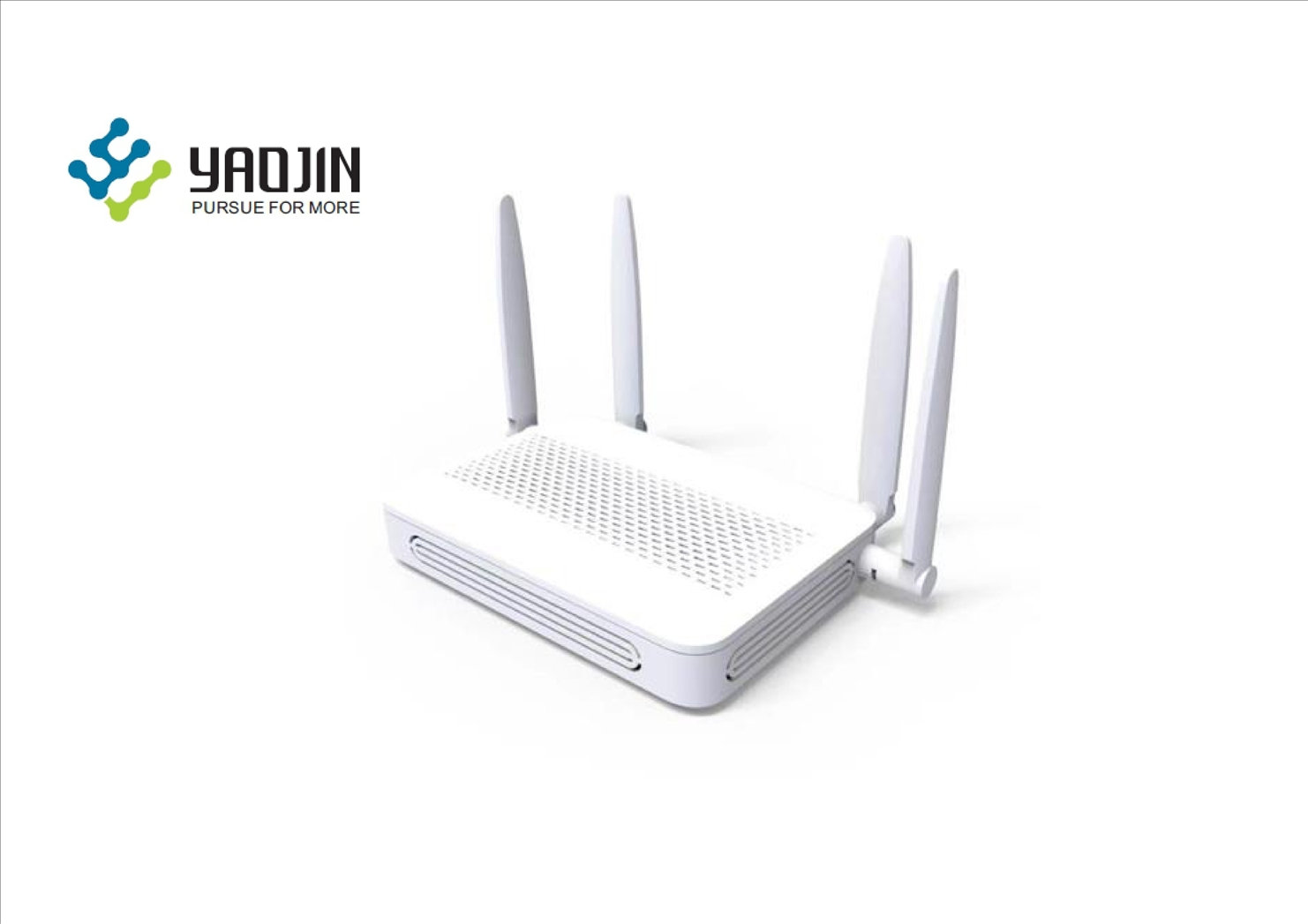Key features and aspects associated with 4G CPE
2023-12-15
A 4G CPE (Customer Premises Equipment) refers to a device that is installed at a customer's location to enable access to a 4G LTE (Long-Term Evolution) cellular network. It is typically used to provide broadband internet connectivity to homes or businesses in areas where traditional wired broadband services might be limited or unavailable. Here are some key features and aspects associated with 4G CPE:
1. 4G LTE Connectivity:
- A 4G CPE utilizes 4G LTE technology to establish a high-speed cellular data connection. This enables fast and reliable internet access for users at a specific location.
2. SIM Card Slot:
- Like other devices that rely on cellular networks, a 4G CPE usually requires a SIM card for authentication and to establish a connection to the mobile carrier's network.
3. Wi-Fi Connectivity:
- 4G CPEs often have built-in Wi-Fi capabilities, allowing multiple devices such as smartphones, tablets, laptops, and smart home devices to connect to the internet wirelessly.
4. Ethernet Ports:
- Some 4G CPE models come with Ethernet ports, enabling devices that lack Wi-Fi capabilities to connect via a wired connection. This can be useful for devices like desktop computers or gaming consoles.
5. External Antenna Support:
- To improve signal strength and reception, certain 4G CPEs have ports for connecting external antennas. This is especially beneficial in areas with weak cellular signals.
6. Multiple LAN Ports:
- Some 4G CPEs feature multiple LAN (Local Area Network) ports, allowing users to connect several wired devices directly to the CPE.
7. VoIP (Voice over Internet Protocol) Support:
- Certain 4G CPEs are equipped to support VoIP, enabling users to make phone calls over the internet. This functionality may include ports for connecting traditional telephone handsets.
8. Failover and Redundancy:
- 4G CPEs are commonly used for failover purposes. If the primary wired internet connection fails, the CPE can switch to the 4G LTE connection, ensuring uninterrupted internet access.
9. Security Features:
- 4G CPEs typically include security features such as WPA/WPA2 encryption for Wi-Fi connections, firewall capabilities, and the option to set up Virtual Private Network (VPN) connections for secure data transmission.
10. Management Interface:
- Users can usually configure and manage the 4G CPE through a web-based interface. This interface allows users to set up security settings, monitor connected devices, and customize network configurations.
11. External Display:
- Some 4G CPEs may have an external display or LED indicators that provide information on signal strength, connection status, and other relevant details.
12. Portability (Optional):
- While many 4G CPEs are designed for fixed installations, there are portable or mobile CPE options that allow users to take them on the go, providing internet connectivity in various locations.
When considering a 4G CPE, it's essential to assess factors such as network compatibility, coverage in the intended location, data plans offered by the cellular carrier, and the specific features that align with your connectivity needs.



